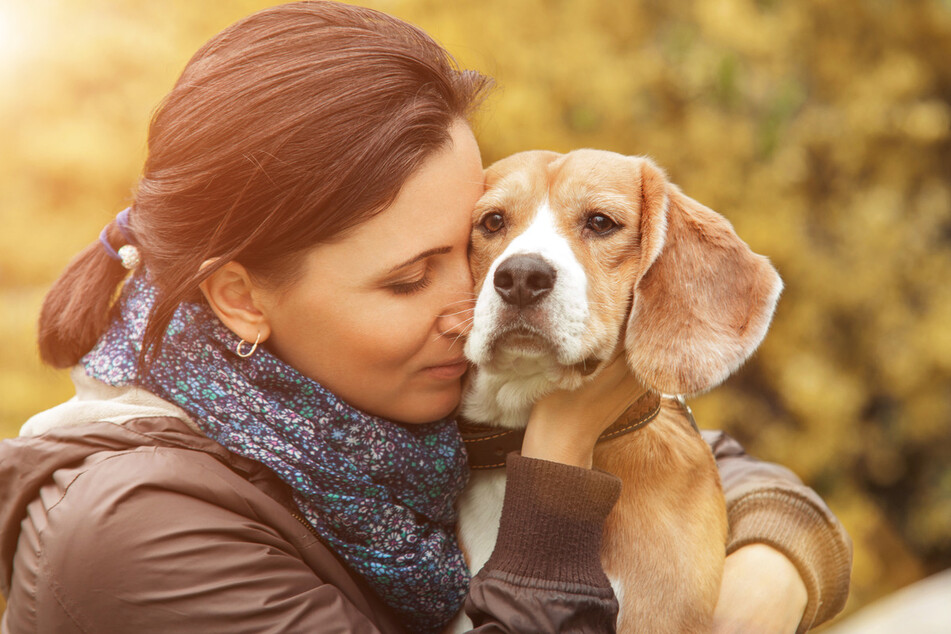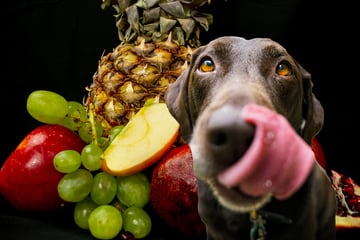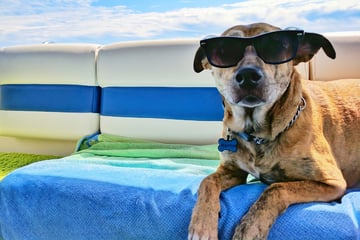Dog petting: Where do dogs like to be pet?
Every dog owner will have spent hundreds upon hundreds of hours petting their fluffy little friend – and, for the most part, the effort is appreciated. Where do dogs like to be pet, and is there anywhere they don't like to be touched?

Dog petting seems like such a simple and easy thing to get right, but many don't really know what they're doing. While petting a dog is as straightforward as it gets – take your hands, apply them to your dog's hair, and get rubbing – knowing when and, more importantly, where to pet a dog is critically important.
In this dog guide, TAG24 will take a look at where to pet dogs. What's the theory behind dog petting, what do you need to know, and where do dogs like and dislike being touched and petted? Let's find out!
Where do dogs like to be petted?
Dogs love being petted, but every dog will have a different preference as to where and how it wants to be touched. Once you have lived with your doggo for a good long while, you will begin to develop an innate understanding of how your dog likes to be cuddled – but for now, let's start with the basics.
There are six key zones where a dog likes to be petted:
- Lower back, towards the tail
- Under their chin
- On top of their head and their ears
- On the belly
- Front of the neck
- Thighs, but not their arms past the knee
Many dogs will actually invite their humans to pet them where they want to be petted. They'll roll over on their back, exposing their belly and inviting you to dote on them like absolute champions.
Fun fact: Dogs enjoy petting a lot and have evolved to do so. Evolving from wolves, canine kind has learned that humans express affection through touch. As such, petting is a way for your dog to get closer to you, creating a chemical bond due to oxytocin (the love hormone).
Where do dogs dislike being touched and petted?
Unlike cats, which have very strict and particular opinions on where and when to pet them, dogs are generally pretty easygoing when it comes to human interaction. That being said, there are a few places where they won't want to be touched – and these are boundaries that should always be respected.
Here's where you should never pet a dog:
- On the inside of the ears
- Eyes or mouth
- Bum or genitals
- Underside of their paws (only when trimming their nails)
- Nose
- Section of their hind legs past their knees
- Dogs should not be hugged or squeezed – find out why
As you can see, this is a pretty short list. Use your common sense, and you will keep your doggo as happy as can be.

When do dogs like to be petted?
Timing is one of the most overlooked, but important aspects of dog petting. The reason why is quite simple: You should never force your dog to accept pets when it doesn't want to. While most of the time your dog will accept a pet, the idea of dog consent is certainly one that should always come to mind.
If your dog runs up to you, licks your face, and clearly wants a pet, then go for it. When a dog is focused entirely on you and your attention, go for it. But if a dog is paying no attention to you and is focused on something else, it's time to read its body language.
In principle, if a dog is sniffing around the yard and investigating something, or if it is focused on territorial matters, it should be left alone. You don't want to start showering it with cuddles and kisses when it's stressed, but instead when it wants that attention and will appreciate it. Additionally, if your dog is fast asleep, then this isn't the time for a pet!
Keep calm; consider your dog's body language, intentions, and attention; and make your petting decisions based on these alone. If your dog clearly wants your attention and pets, then get on in there and enjoy yourself – but if not, leave your fluffy friend alone.
What do people often do wrong when petting dogs?

There are many common mistakes people make when petting dogs. While usually harmless when repeated once or twice, it's better to avoid turning your doggo off pets because of your inadequacy. As a first-time dog owner, things can get a bit tricky. The first step? To avoid the obvious mistakes.
It's from there that you can get into the rhythm of everything. Most dogs like to be stroked on the back of their neck, along their back, and on their flank, so start there. Make sure to always pat your dog with the grain of their fur – so from head-to-tail – as against the grain will cause your doggo discomfort.
Once you have mastered the basics, here are a few things to avoid when petting dogs:
- Try not to stroke your dog from a potentially threatening position above its head, get down low, and make sure it feels like it has bodily autonomy.
- Don't stroke a dog on its face, unless you specifically know that the dog in question likes such techniques.
- Do not hug your dog, as this makes it feel trapped and unable to escape.
- Try to only pet your dog when it wants pets.
Never force a dog to do anything unless it is absolutely necessary (for example, getting on the leash at certain times and going to the vet). Your dog shouldn't be made to cuddle despite not wanting to. This will damage your relationship and upset your pup!
Petting a dog well is about timing and location
Pretty much any doggo will enjoy a good smooch when it comes their way, and as long as you're not doing anything uncomfortable or painful, it won't matter how you're petting it. What does matter, though, is getting the timing right and petting them in the right spots.
Follow your dog's body language and figure out first whether it's in the mood for a cuddle and a pet. Then, once you have confirmed that it is the right time for a petting session, pay attention to how they react depending on where and how you're petting them. Make adjustments to deliver the perfect experience for you both.
The reality is that people under-appreciate just how complicated and intricate their doggos are. It's important to understand these particularities and master your petting habits. That way you'll develop a deeper and far happier bond.
Cover photo: 123RF/Zinkevych




